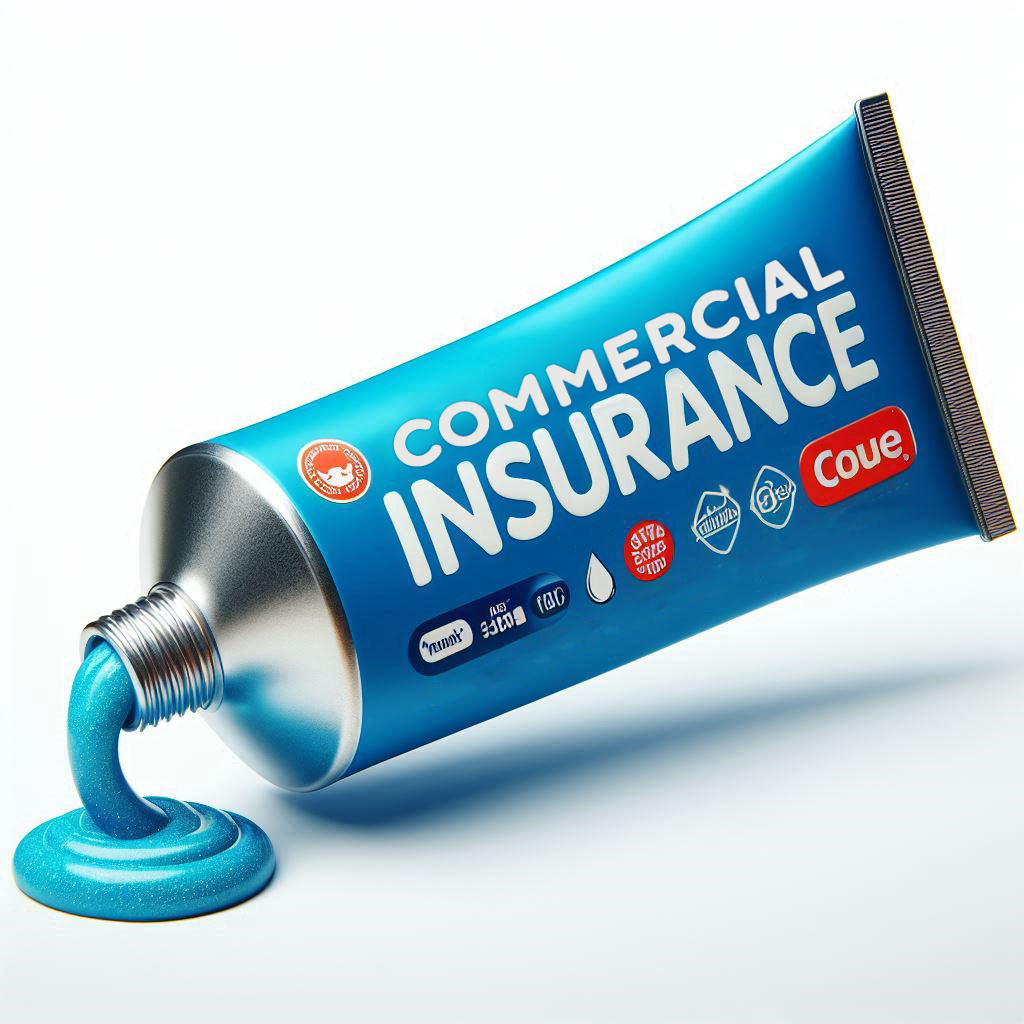To support the risk exchange throughout the commercial insurance value chain standards, processes, templates, formats, layouts have emerged, in multiple markets, over decades and continue to emerge. Documents in countless flavours are manually interpreted by a scarce pool of specialist experts. Volumes, complexity and client expectation are set to increase further.
Going back to a single standard isn’t an option. What’s needed is a shared vision of a target state and a mix of technologies, actors and systems that incorporate both the pragmatic and the innovative.

Typical responses and the pitfalls
Technologies abound that claim to read commercial insurance documents and extract data to support processes. Over the last 5 years we’ve seen a lot of examples and some common pitfalls.
- Horizontal technology selection. Clients embrace a ‘horizontal’ technology and spend months, even years training the vendor and their teams about the language of the industry, the document types and processes and objectives. Scope, timelines and priorities are ‘negotiated’, a euphemism for delay and expense.
- Technology selection of expert in a single paradigm or process. Risk the immediate use case or process dictates an ‘expert’ capability, for example, Handwriting, Semi-structured forms, Submissions etc. But the need evolves, other priorities and processes emerge meaning business and technology architects are investing valuable run budgets stitching and maintaining components.
- Reliance on a Transformational technology. Nothing inherently wrong here, but a pragmatic understanding of how to operationalise that transformation in context of current capability is essential. For example, we’re seeing exceptional results from GenAI when orchestrated and used in conjunction with other techniques.
What’s Needed
Working with Marsh and other commercial insurers for 5 years to address this challenge it might be helpful to share some learnings:
- Commercial insurance trained and committed to the industry. The breadth and complexity of requirements, business models, systems, partnerships and ecosystems dictates selection of a partner who understands today’s requirements, strategic direction and the value available at each step. Significant and constant variability demands a commitment, systems and processes to deliver accuracy.
- Breadth of industry trained capabilities, technologies, techniques and treatments. The information being extracted from commercial insurance documents ranges from ‘simple’ policy numbers, addresses to limits of liability, endorsements etc. Satisfying this breadth demands both multiple technologies and techniques used individually or in combination, iteratively. This intelligent use of techniques delivers accuracy, adoption, confidence and accelerated support of additional processes and use cases.
- Innovation for commercial insurance. Increasingly requirements are expanding to include ‘abstracting’ insight and meaning, demanding a vision that supports interpreting language in addition to extracting content. As an extension to extraction this brings deep value for commercial insurers and avoids the need to orchestrate and arbitrate between siloed technologies and architectures.
- Accommodate emerged and emerging technologies. GenAI is set to transform commercial insurance. Harnessing GenAI capabilities, alongside other techniques delivers exceptional results for both simple data extractions and more sophisticated challenges, for example policy word comparison.
- Know where you are and where you want to go. Understanding your current maturity and the appetite to remove the friction of exchanging information in commercial insurance value chain is critical. It’ll help set priorities, secure funding, agree scope and objectives.
Insurants is delivering
Insurants removes the friction in commercial insurance without undermining the ability to offer customised risk exchange and client service. Developed in collaboration with Marsh McLennan, Insurants reads commercial insurance documents to extract and abstract data, insight and meaning. It is a portfolio of more than 1000 algorithms and capabilities used individually and in combination to support supply chains between brokers, carriers, MGAs, MGUs etc..

This proven augmentation of specialists is delivering 8x operational efficiency, increased policy governance and risk control, accelerated response times and increased client service. The specialists using it are pretty happy to have moved beyond manual labour.
Using AI, GenAI and related technologies Insurants intelligently automates information extraction and processing for policies, quotes, binders, slips, SOVs, loss runs, endorsements and financial statements. Trained on unrivalled volume and variety of 100,000s of documents from 475 carriers and 75 commercial lines, Insurants handles document complexity while understanding the semantics and heuristics of the insurance industry to augment Quote, Submission, Review, Bind, Intake and Loss Run Analysis processes.
The ability to manage the full range of existing documents, formats, layouts from existing carriers, brokers, MGA, MGUs is delivering accelerated time to value without requiring a transformation program. Further, intelligent selection from the library of commercial insurance techniques and treatments delivers both customised support for a specific process or counterparty and a platform utility supporting multiple use cases, processes, systems and business models and delivering significant enterprise efficiencies.
If you’d like to understand how you can leverage the commercial insurance documents and information you’re receiving today to capture operational efficiencies and remove the drudgery give us a call. We’d be delighted to share our maturity model.
If you found this blog valuable, contact us to learn more about how we can automate your document processes.
To arrange a demo, simply click the button below.


